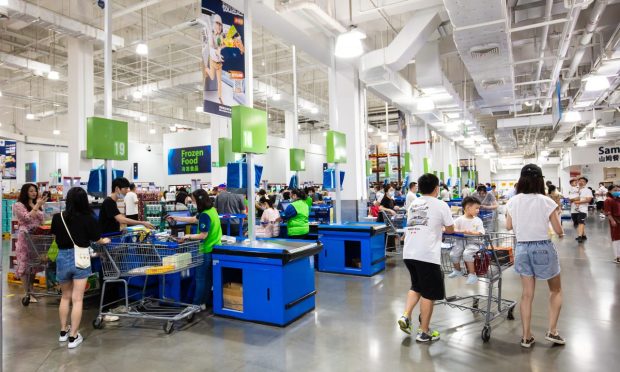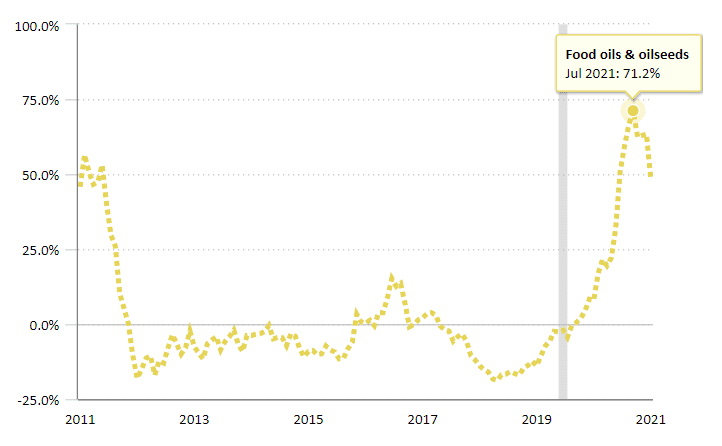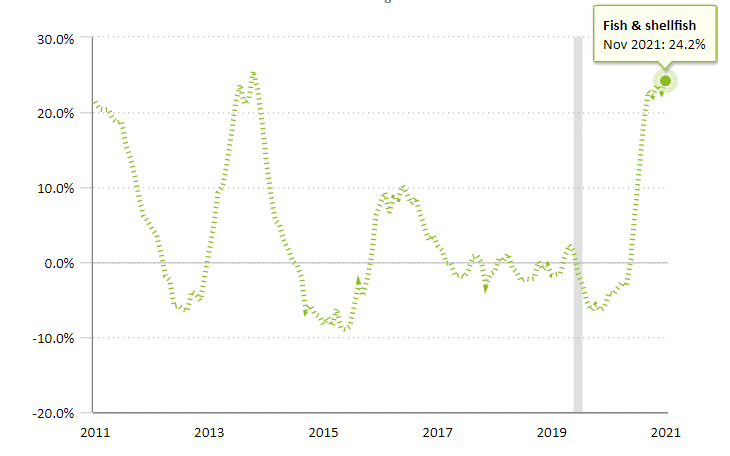Paycheck to Paycheck Consumers Squeezed By Largest Import Food Price Increases In 10 Years

After months of anecdotal evidence and first-hand experience, new government data has confirmed and “put a number on” what most consumers already know all too well: food has gotten very expensive, especially if it is being brought in from overseas.
According to the latest data on Wednesday (Dec. 22) from the Bureau of Labor Statistics, for the 12-months ending Nov. 30, U.S. import prices for food, feed and beverages rose 13.2% on average, marking the largest annual increase since September 2011.
Drilling down into the results, the largest price increases were seen in the Food Oils & Oilseeds segment, which rose by 48.5% last month — which is actually a sharp improvement from the 71% spike posted in July.
![]()

Other above-average price hikes were seen in both the Meat & Poultry and Fish & Shellfish categories, which both posted annual increases of more than 24% last month.


On the lagging front, Bakery & Confectionary Products rose just 3.2%, while the vast Fruit & Fruit Preparations (including frozen juices) category posted the lone price decline, falling 6.5%.
Clearly, the rising cost of goods is a global phenomenon right now but appears to be running slightly higher than domestic price increases, which rose to a 39-year high of 6.8% in the latest CPI inflation report released last month.
See also: Inflation Hits 39-Year High With CPI up 6.8%
It’s an inescapable issue that PYMNTS’ research shows is now appearing at the top of the list of consumer concerns for both the well-heeled and those living paycheck to paycheck with more constrained budgets.
While the Federal Reserve has recently changed its stance on the transitory nature of inflation, it could take time for interest rate adjustments to kick in and actually slow the economy and underlying price hikes. While that plays out, economists say the risk is that runaway prices are known to take a toll on consumer confidence, and if left unchecked, could threaten a broader slump in consumption and retail spending.
Read more: Inflation, Disappearing Stimulus Payments Push Paycheck to Paycheck Consumer Ranks Higher
